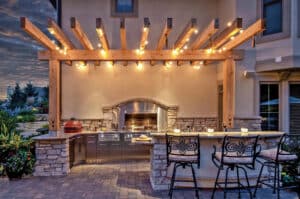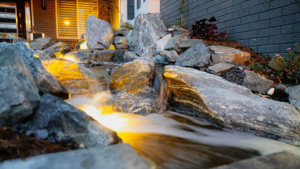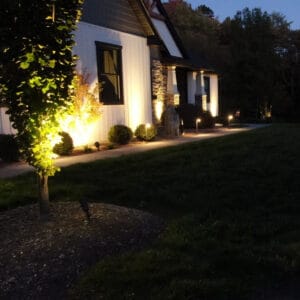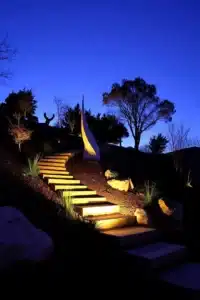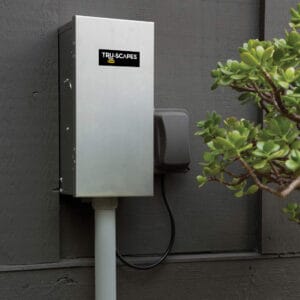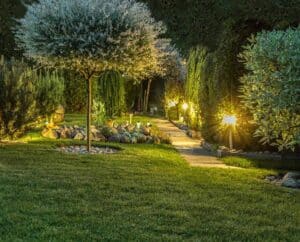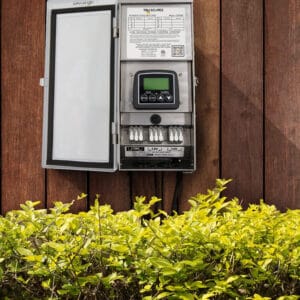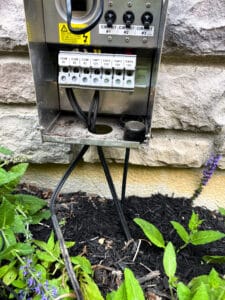Introduction
Imagine stepping into your backyard at night, with a perfectly illuminated pathway guiding you to a cozy, glowing patio. Trees become dramatic silhouettes, and your garden takes on a mystical glow. Sounds wonderful, right? Landscape lighting can do all of this and more, turning your outdoor space from mundane to magical. Whether you’re hosting a barbecue or simply enjoying a peaceful evening alone, the right lighting makes a world of difference.
In this ultimate guide to landscape lighting, we’ll walk you through everything you need to know to elevate your outdoor space. This guide will help you choose the right lights and install them effectively, so you can easily transform your yard into a beautiful nighttime space.
Why Landscape Lighting Matters
Landscape lighting isn’t just about aesthetics—it serves multiple purposes that can significantly enhance your outdoor experience.
- Improved Safety and Security: A well-lit garden or backyard makes it easier to navigate after dark and deters intruders. According to a recent study, well-lit areas are up to 20% less likely to be targeted by intruders, making it a practical choice for safety.
- Increased Usability: Light can extend the functionality of your outdoor areas well into the night, allowing you to host events or relax outdoors after the sun goes down.
- Enhancing Your Home’s Curb Appeal: Thoughtful landscape lighting highlights the architecture of your house, beautiful trees, and other focal points, making your home look more appealing—perhaps even boosting its value.
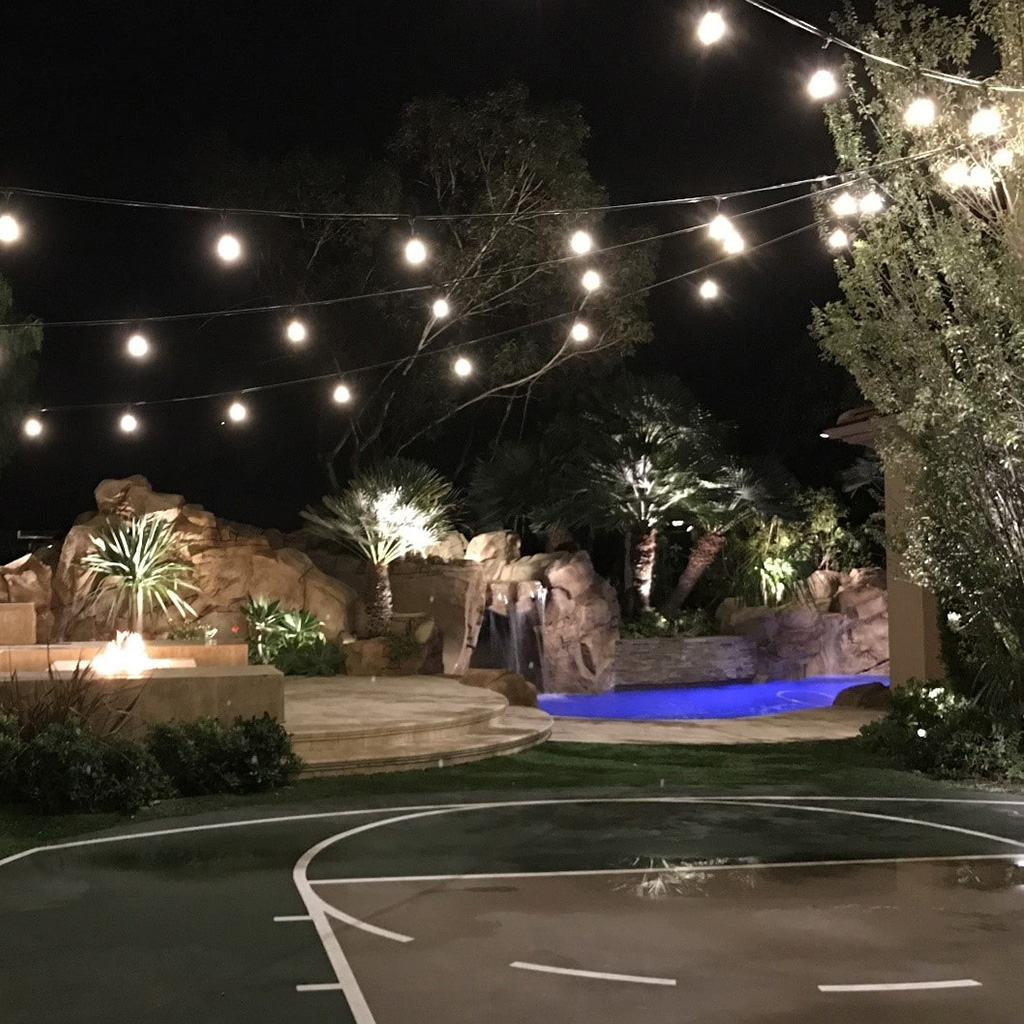
Types of Landscape Lighting
Let’s break down the types of lighting you might consider for your yard.
1. Pathway Lighting
Pathway lights do exactly what their name suggests—they light up pathways. Installed along walkways, driveways, or garden paths, these fixtures are great for guiding the way and ensuring no one takes a misstep.
Examples: Solar stakes, low-voltage path lights.
2. Spotlights and Floodlights
Spotlights provide intense beams of light for accentuating specific features like statues or architectural elements. Floodlights, on the other hand, spread a wide beam, ideal for security purposes or highlighting large trees.
Examples: LED spotlights, low-voltage floodlights.
3. Deck and Step Lighting
Deck and step lights are mounted directly onto stairs, deck railings, or patio edges to provide safety and ambiance. They help reduce the risk of tripping and make these features pop in the dark.
Examples: Recessed LED step lights, surface-mounted deck lights.
4. Well Lights
Well lights are installed in-ground, often to illuminate trees or the facade of your home without the source of light being visible. They create an upward beam that brings out the texture and height of features.
Examples: In-ground LED well lights, waterproof well fixtures.
5. String Lights
Perfect for casual gatherings, string lights are versatile and add a whimsical touch to gardens, patios, or fences. They’re easy to install and instantly enhance the vibe of any outdoor space.
Examples: Globe string lights, fairy lights.
Choosing the Right Lighting: Key Considerations
When picking out the perfect landscape lighting, keep the following in mind:
1. Brightness Levels
Not all areas of your yard require the same amount of light. Use different brightness levels for different needs—dim, subtle lighting works well for atmosphere, while pathways and key features benefit from brighter illumination.
Lighting Type | Brightness Level (Lumens) | Best For |
Pathway Lighting | 100-200 Lumens | Walkways, Garden Paths |
Spotlights | 200-700 Lumens | Trees, Sculptures |
Floodlights | 700-1300 Lumens | Security, Wide Outdoor Areas |
Deck Lights | 40-80 Lumens | Steps, Deck Edges |
2. Power Sources
You have options when it comes to powering your landscape lighting:
- Solar: Ideal for sunny locations, easy to install, eco-friendly, but may not be as bright or reliable during cloudy seasons.
- Low Voltage: Uses a transformer, reliable, and often provides consistent lighting throughout the night.
- Line Voltage: Higher voltage, suitable for large areas or intense lighting needs, but requires professional installation.
3. Style and Material
Choose lighting fixtures that match the style of your home and the intended function. For example, copper and stainless steel are great for both aesthetics and durability, while plastic is often a budget-friendly choice for solar options.
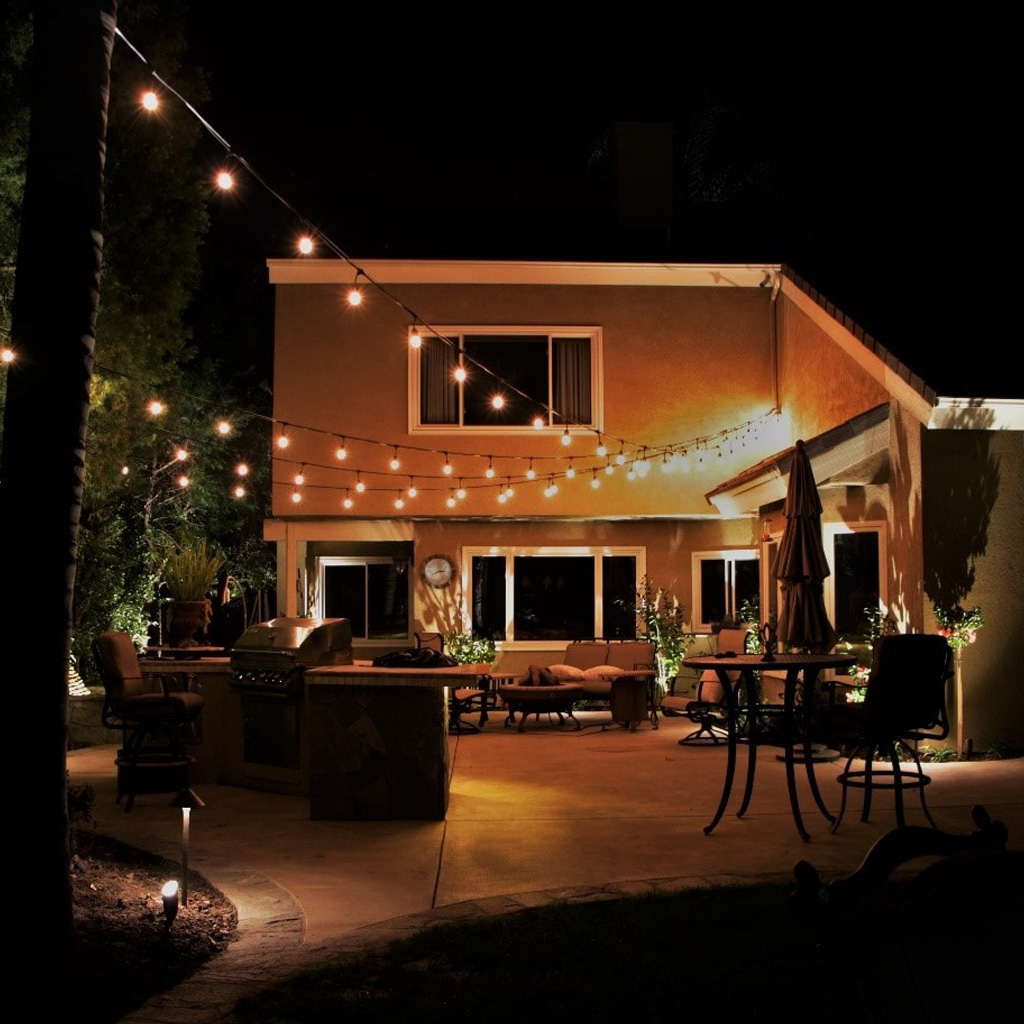
How to Create a Lighting Plan
A good lighting plan makes all the difference when transforming your outdoor space.
- Identify Key Areas: Decide which areas you want to highlight—like trees, architectural features, pathways, or water features.
- Sketch Your Yard: Draw a simple map to help you plan where lights will go. Mark the positions of existing power sources and any potential obstacles.
- Choose Fixture Types: Select the best fixtures for each key area. Use a combination of pathway lights, spotlights, and ambient lighting to create layers.
- Test Before Installation: Use temporary lights to see if you like the effect before committing. Move them around until you’re happy with the layout.
Installation Tips
While some landscape lighting can be DIY-friendly, it’s important to consider safety and efficiency.
1. DIY vs. Professional Installation
- DIY: Solar and low-voltage lights are ideal for DIYers. They don’t require complex wiring and are generally safe to handle.
- Professional: If your project involves line-voltage lights, it’s best to hire a licensed electrician to ensure everything is installed up to code.
2. Avoid Light Pollution
Be mindful of your neighbors and your own home by using shields or downward-facing fixtures to minimize glare and reduce light pollution. Aim for a gentle glow rather than a spotlight effect in every corner.
Maintenance and Troubleshooting
Regular maintenance keeps your landscape lighting looking beautiful year-round.
- Clean Fixtures: Dirt, pollen, and weather can affect light quality. Wipe fixtures clean at least twice a year.
- Replace Bulbs: LED bulbs are long-lasting but occasionally need replacement. Keep spares on hand to quickly fix any outages.
Check Wiring: Regularly inspect exposed wiring for wear or damage, especially if you have pets or experience harsh winters.
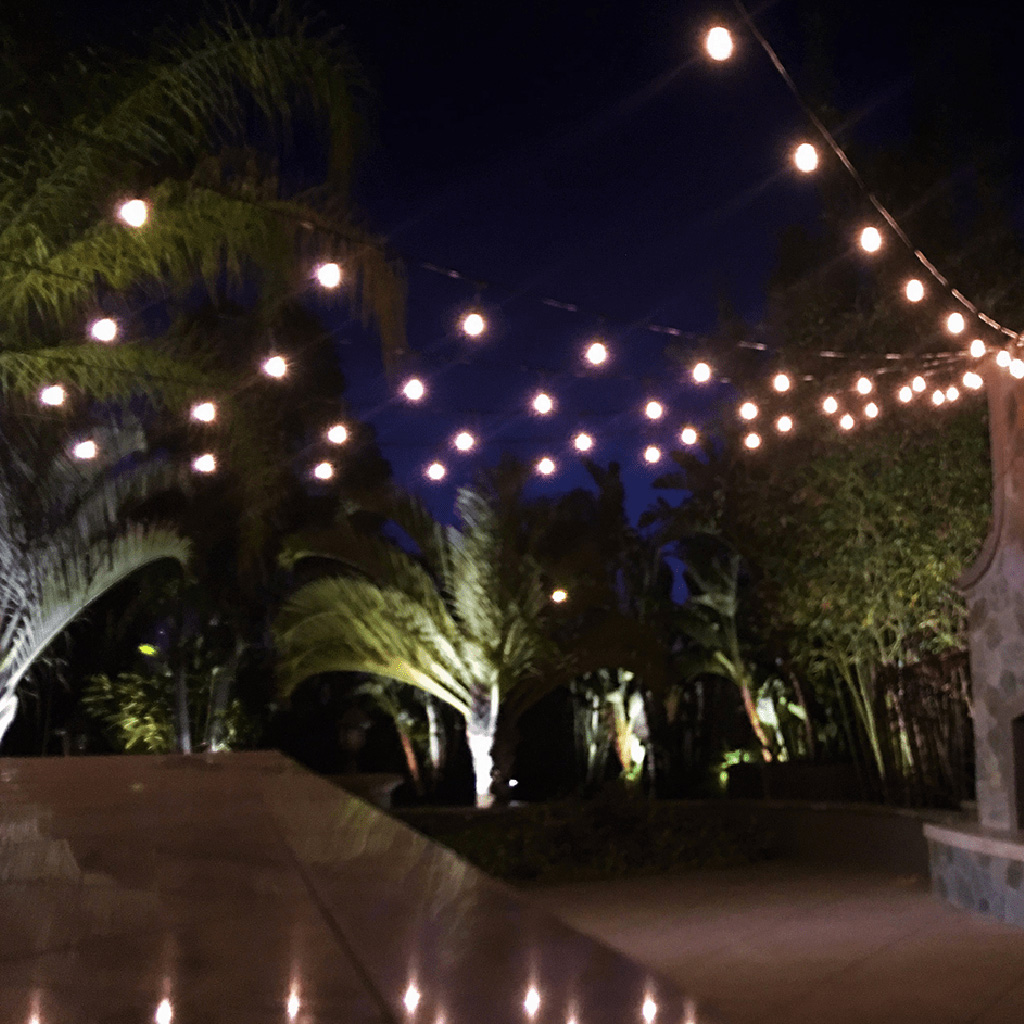
Frequently Asked Questions (FAQs)
Q1: What is the best type of landscape lighting for security?
A1: Floodlights are ideal for security purposes because they cast a wide, bright light, effectively illuminating large areas. Motion sensor floodlights are even better, as they only activate when movement is detected.
Q2: Are solar lights good for year-round use?
A2: Solar lights work well in sunny climates but may struggle during winter months or in consistently overcast areas. If you’re in a region that experiences lots of cloudy days, low-voltage lighting may be a better option.
Q3: How far apart should pathway lights be placed?
A3: A good rule of thumb is to space pathway lights about 6-8 feet apart. This provides ample illumination without creating a runway effect.
Conclusion
Landscape lighting is the secret ingredient that can completely transform your outdoor space. Whether you’re looking to enhance your garden’s beauty, improve safety, or extend the hours of outdoor fun, lighting plays an essential role. With the right planning and a little creativity, you can craft an outdoor haven that is just as inviting at night as it is during the day.
Ready to transform your backyard? Start small by illuminating a garden path or go big with a complete yard makeover—either way, you’ll be amazed at the difference. Don’t wait—light up your nights and make every evening outdoors a memorable one! To get started, check out our recommended lighting kits or contact a local professional for installation help.
Proper lighting can enhance the beauty and safety of your outdoor space, turning features like pools into a nighttime retreat. For inspiration on creating a perfect oasis with small backyard pools, explore how lighting can elevate your design.
For more expert tips on landscape lighting and outdoor transformations, make sure to subscribe to our newsletter or leave a comment below with your questions. We’d love to help you create your perfect outdoor escape!

